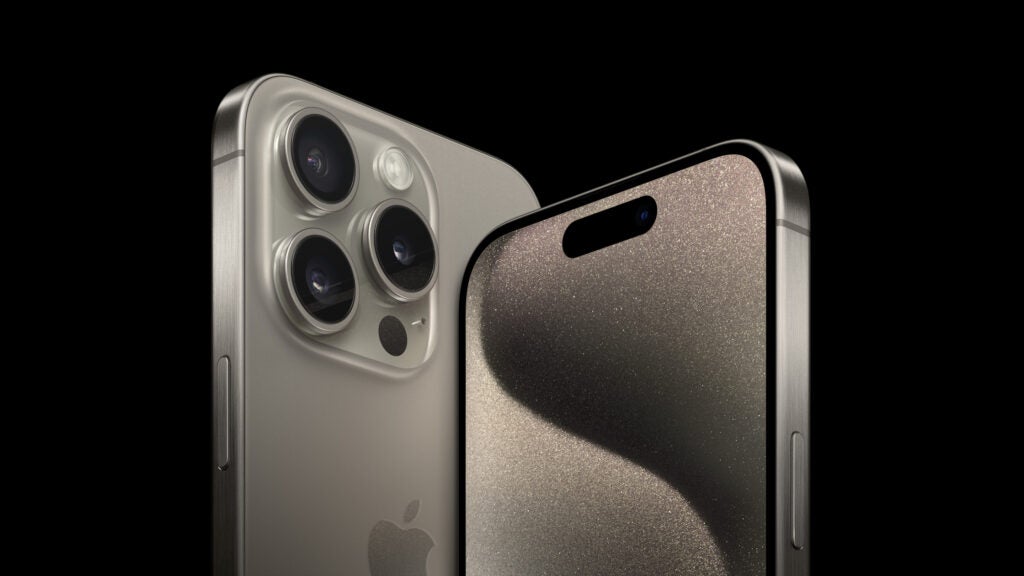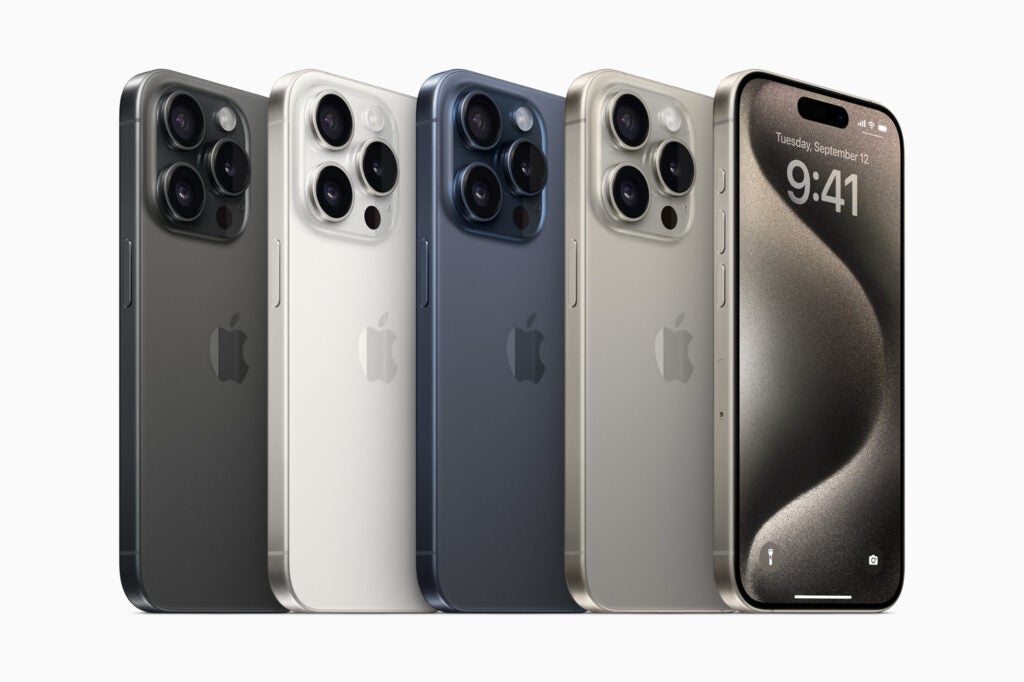Apple has revealed the iPhone 15 Pro alongside the rest of the iPhone 15 collection, boasting a number of upgrades and new features to tempt consumers in 2023.
While the upgrades compared to its predecessor, the iPhone 14 Pro, are fairly minimal, the changes are much more vast when compared to the iPhone 13 Pro. And, considering the phone is now two years old, that means there are a lot of mobile contracts about to expire.
So, the question is, is the iPhone 15 Pro a good upgrade for the iPhone 13 Pro? While we’re yet to go hands-on with the iPhone 15 Pro, we’ve spent a lot of time with the iPhone 13 Pro, and here’s how the two stack up on paper.
The iPhone 15 Pro is much more powerful
One of the biggest differences between the iPhone 13 Pro and the iPhone 15 Pro is performance. The A15 Bionic of the iPhone 13 Pro is a strong chipset that, even two years later, delivers strong everyday performance without a hint of stutter or lag, but compared to the A17 Pro of the iPhone 15 Pro, it’s positively ancient.
For one, the new A17 Pro – exclusive to the 15 Pro and Pro Max – is built on the 3nm process, a first in the mobile chipset market. This not only gives the iPhone 15 Pro the edge compared to older iPhones, but the very best Android smartphones on the market.
The smaller process allows the iPhone 15 Pro to be both more powerful and more energy efficient than its predecessor, which could potentially translate to better battery life too. We’ll have to wait to benchmark a review sample before we can say for sure, however.
The iPhone 15 Pro has a more powerful primary camera
The iPhone 13 Pro boasted a pretty decent camera setup for the time, with a triple rear camera system comprised of 12MP main, ultrawide and 3x telephoto lenses able to take great images in both well-lit and low-light conditions.
The iPhone 15 Pro, on the other hand, has had a few big upgrades since the release of the iPhone 13 Pro. It saw a big jump in camera performance in the form of a 48MP sensor in the iPhone 14 Pro, and while this year’s 48MP sensor remains the same on paper, it boasts a larger sensor, better sensor-shift OIS and better image processing tech.

While we’re yet to go hands-on, this looks like a particularly promising update for the main camera, though the 12MP main and 3x telephoto lenses remain near-identical to that of the iPhone 13 Pro.
It’s also capable of capturing 4K@60fps in Apple’s ProRes format, as well as capturing with LOG for better post-production colour correction.
So, if you’re a keen iPhone photographer, you’ll enjoy the boosted quality on offer from the newer model.
The iPhone 15 Pro has Dynamic Island display tech
While it’s not new to the iPhone 15 Pro specifically – it was first revealed on the iPhone 14 Pro last year – the newer iPhone boasts support for Apple’s Dynamic Island tech.
It’s essentially a redesigned notch that’s shaped more like a pill, sitting a couple of millimetres below the top of the display. What makes it so unique compared to the larger smartphone market is how Apple has tied the notch into the software experience, rather than trying to ignore it.
This means the Dynamic Island notch can change shape to display different information, be it a timer you’re currently running or music controls for the music you’re listening to. It also boasts support for Live Activities that essentially allow apps to deliver live information to you via the Island, be it the latest football scores or an update on your fast food delivery.
The iPhone 15 Pro should feel nicer in the hand
As well as an upgrade to the material used in the iPhone 15 Pro’s chassis, upgraded from stainless steel to brushed titanium, the iPhone 15 Pro has slightly contoured edges that make it a little less angular than older iPhones in the series without completely changing the look of the iPhone.

This means that, compared to the iPhone 13 Pro, the iPhone 15 Pro should feel more comfortable in the hand with curved edges that should fit more nicely into the palm of your hand. Slimmer bezels also mean the iPhone 15 Pro is slightly thinner and shorter than the iPhone 13 Pro, making it a slightly more pocketable option too.
The iPhone 15 Pro uses USB-C
Last, but by no means least, the iPhone 15 Pro offers an upgrade in terms of hardware connectivity. While the iPhone 13 Pro, like most other iPhones in Apple’s collection, sports a Lightning port, the iPhone 15 Pro ditches that for the more widely used USB-C connector.
It’s a move ushered in by EU courts following a ruling that all phones sold in Europe should have a standard charging connector, and given that USB-C is already ubiquitous in the smartphone market, it’s the smart choice.
The iPhone 15 Pro, in particular, boasts USB 3.0 support, allowing data transfer speeds up to 10Gbps – up from the less than 500MB/s on offer from the Lightning cable. It won’t make much difference in day-to-day tasks, but it’ll at least allow you to charge your iPhone using the same cable you use to charge your MacBook or iPad.




